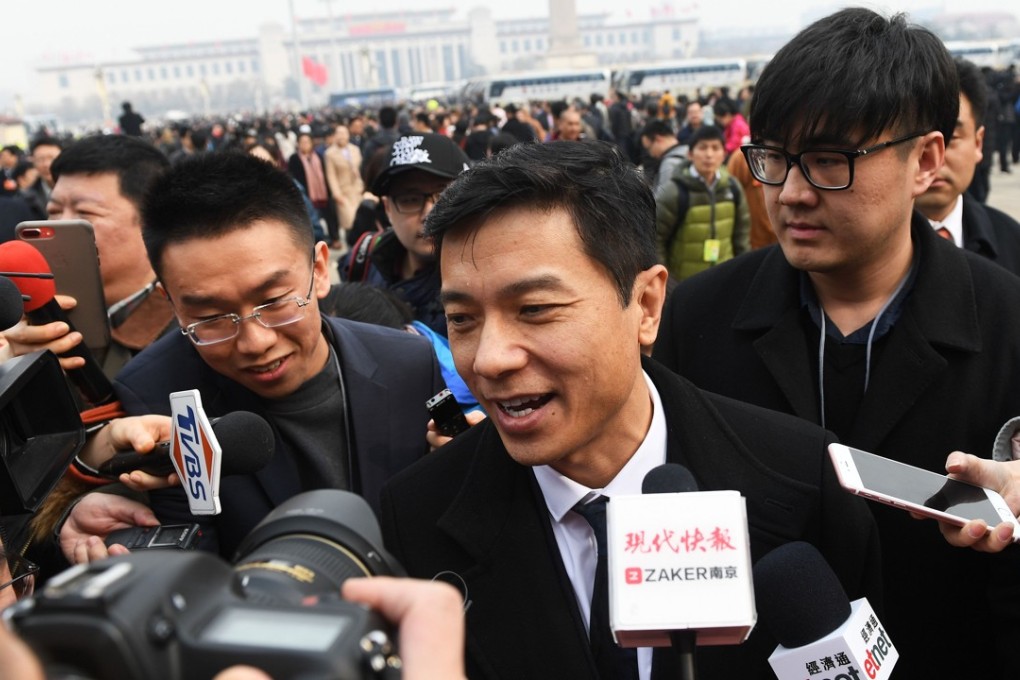How artificial intelligence will change the face of security in China

Long lines and lengthy waits for round after round of security checks are di rigueur at major events in China such as the annual meetings of its legislature.
That may change in the near future with the use of facial recognition to red-flag people for further screening while allowing others to proceed, speeding up the process of letting thousands of delegates, journalists and staff into the Great Hall of the People, according to Baidu CEO Robin Li Yanhong, whose company is testing such a system at airports.
“The measures to verify identification, such as the tight security checks during the Two Sessions, have brought inconvenience to people’s lives,” said Li, who is a delegate to the Chinese People’s Political Consultative Conference.
“Most of the time, people’s identification is done manually, which I think will be completely unnecessary in the future,” he told mainland Chinese media ahead of the event.
Li’s comments highlight the growing use of facial recognition in security applications in China, part of the nation’s wider push to lead the world in artificial intelligence and a desire by the central government to improve public safety through surveillance of citizens.
Currently, physical security checks begin at the subway stations, where commuters are given pat-downs and their belongings X-rayed. Paramilitary police and other security personnel man various checkpoints leading to the Hall, each time checking credentials to match face to ID.